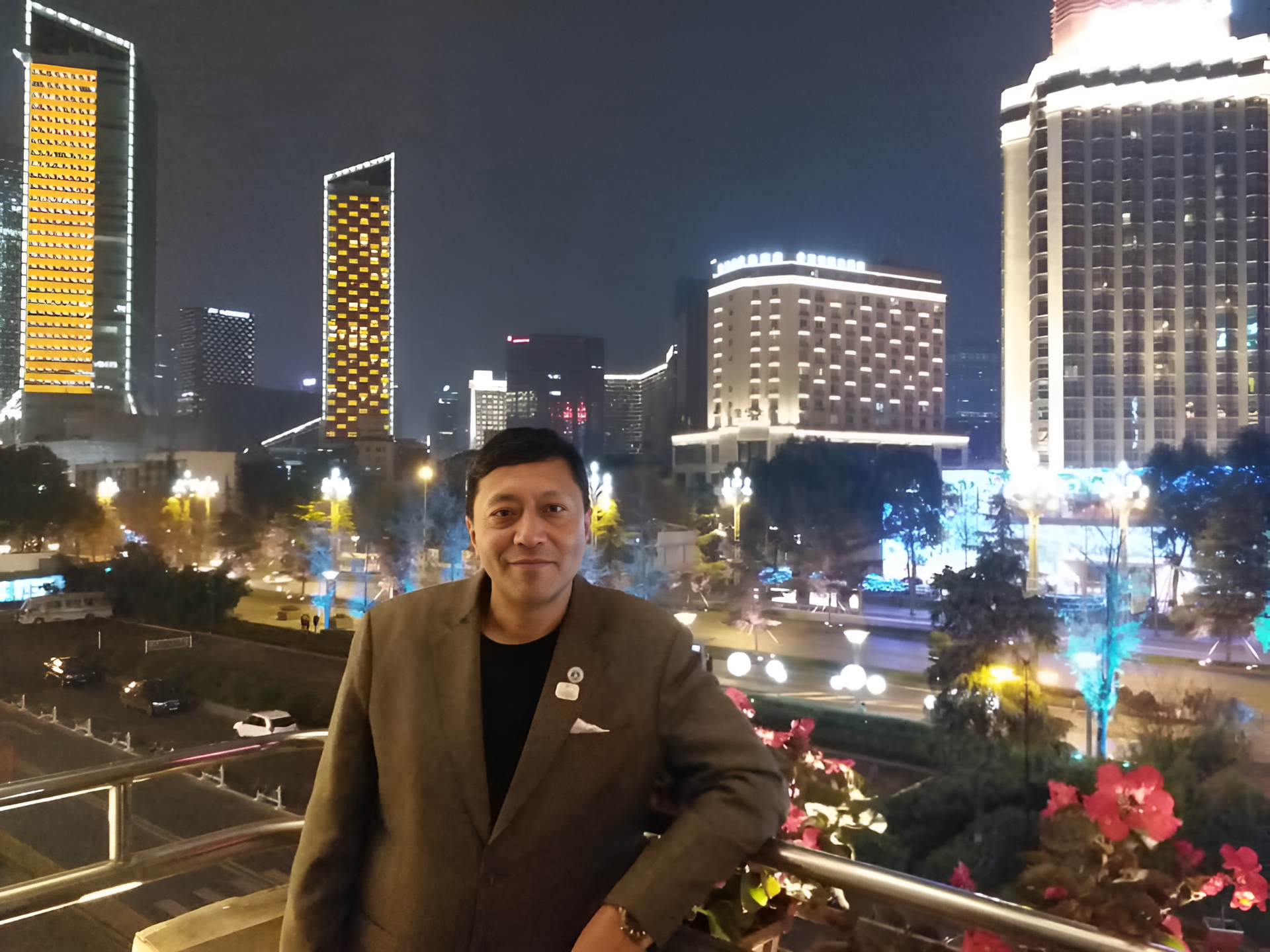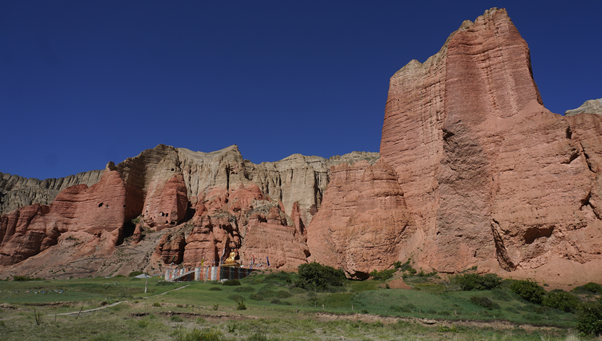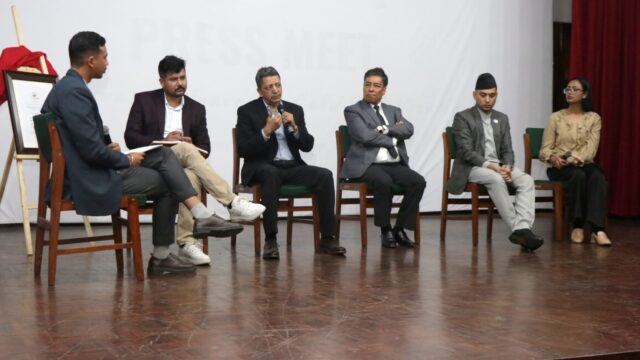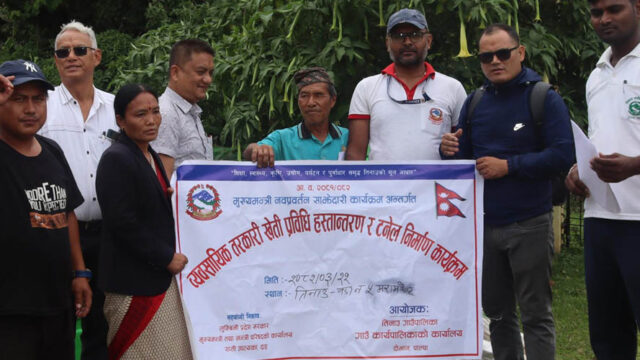Mr. Sajan Shakya, the General Secretary of the Hotel Association of Nepal (HAN), shared valuable insights on Nepal’s tourism industry, its recovery post-pandemic, and the role of the Hotel Association in revitalizing this vital sector. With his extensive experience and as he serves his second term at HAN, he reflects on the challenges and opportunities ahead for Nepal’s hotel and tourism industry.
His Journey In the Hotel Industry
“Our hotel industry has undergone a remarkable journey, starting with Ganesh Hotel, which our grandparents established,” Mr. Shakya began. “From there, we expanded to the Kathmandu Prince Hotel in Thamel. Over the years, we have grown our presence in different regions, which is a testament to the resilience of Nepal’s tourism sector.”
He continued by highlighting his journey in the industry. “Eight years ago, I joined the hotel industry as a board member, later becoming the general secretary of the association. Today, I am serving my second term as the General Secretary of the Hotel Association of Nepal. The tourism and hotel sectors have become key pillars of Nepal’s economy.”
Nepal’s Tourism Industry Post-Pandemic
Mr. Shakya acknowledged that the government’s “Visit Nepal 2020” campaign did not meet its targets due to the pandemic’s timing. However, he emphasized that the situation is slowly improving. “While the pandemic posed many challenges, we are now seeing gradual recovery. New hotels are opening, and there is a positive trend with increasing tourist arrivals, particularly this December.”
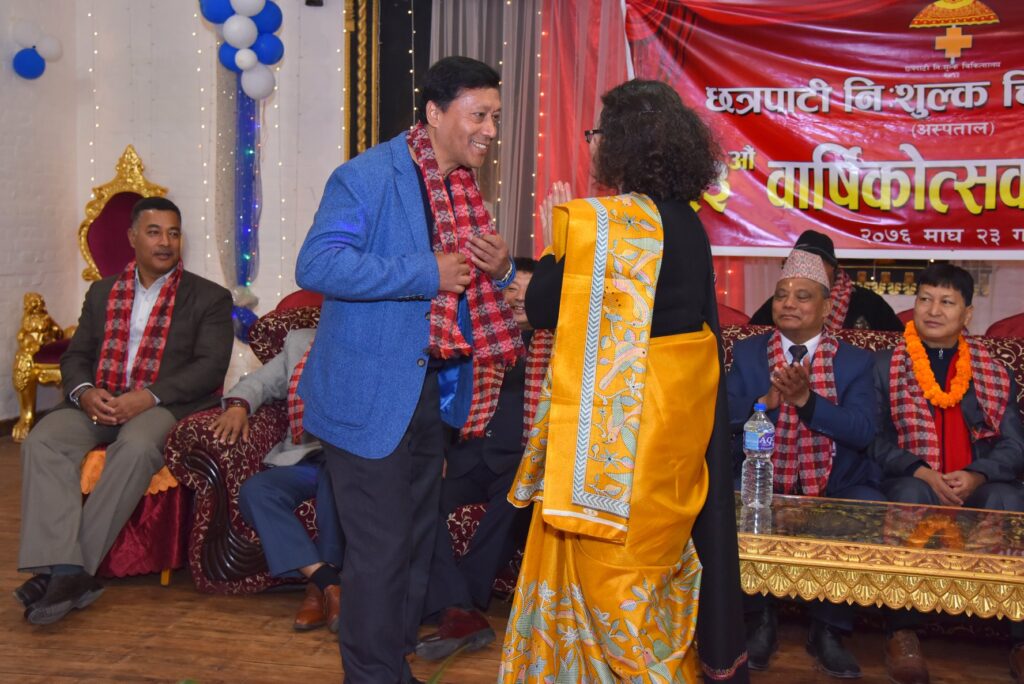
Role of the Hotel Association of Nepal (HAN)
The Hotel Association of Nepal has played an instrumental role in the recovery of the tourism sector. “During the pandemic, the government provided relief measures such as loans and financial support. Even as economic challenges persist, HAN continues to lobby for improvements in infrastructure and policy reforms,” Mr. Shakya mentioned. He also pointed to HAN’s efforts in promoting eco-friendly tourism practices and improving connectivity, including advocating for direct flights to Nepal.
Increase in Tourist Arrivals
Mr. Shakya expressed optimism about Nepal’s growing tourism sector. “With international borders open and improved air connectivity, we are witnessing a surge in visitors. In November alone, over 1,14,501 tourists arrived in Nepal. This trend is expected to continue as infrastructure improves and new routes are established through government initiatives.”
He highlighted the Nepal Premier League (NPL) as a driving force in promoting Nepal globally. “The NPL showcases our passion for sports, attracting international cricket enthusiasts and putting Nepal on the global map. It has already begun drawing more visitors, with its live broadcasts amplifying our reputation as a hub for sports tourism.” Mr. Shakya emphasized that events like the NPL not only bring immediate tourism benefits but also create long-term growth opportunities, complementing efforts to enhance connectivity and hospitality services.

Key Trends Among Tourists
In line with the growth in tourist arrivals, Mr. Shakya observed emerging trends among tourists. “There is a growing interest in eco-tourism, adventure tourism, and off-the-beaten-path destinations. Regions like Pokhara, Chitwan, and more remote areas like Rara are gaining popularity. Tourists are also increasingly seeking destinations and accommodations that align with their values, such as eco-friendly hotels.”
Domestic vs. International Tourism
When discussing the balance between domestic and international tourism, Mr. Shakya noted the significant rise in domestic tourism. “Nepali tourists are now exploring places like Pokhara and Chitwan more than ever. However, international tourism remains a key driver for the country’s economy, and we are working to cater to both markets effectively.”
Emerging Popular Tourist Destinations
Mr. Shakya identified several emerging destinations that are gaining traction. “While Pokhara and Chitwan are still top destinations, places like Mardi Himal, Api Himal, and Panch-Pokhari are becoming increasingly popular. These off-the-beaten-path locations offer unique experiences, but they require more promotional efforts to realize their full potential.”
Challenges in the Tourism and Hotel Sectors
Mr. Shakya acknowledged ongoing challenges despite recovery, focusing on infrastructure issues, particularly in remote areas like Rara, and rising local taxes that affect affordability. Labor concerns include the need for fair wages and the difficulty in recruiting skilled workers. With electricity shortages in some regions, hotels have invested in backup generators and solar panels to ensure a comfortable guest experience despite load-shedding.

Promoting Eco-Friendly Accommodations
Mr. Shakya emphasized sustainability in Nepal’s hotel industry, highlighting initiatives like banning single-use plastics, adopting sustainable materials, and using eco-friendly practices such as liquid soap dispensers. He stressed the importance of meeting international standards through high-quality food, clean facilities, and efficient services to create memorable guest experiences. Additionally, he underscored the role of hospitality management training programs in enhancing service quality nationwide.
Digitalization and Online Bookings
Recognizing the importance of technology, Mr. Shakya discussed the role of digital platforms. “Hotels are increasingly adopting online booking systems and digital tools for service requests and feedback. This not only enhances operational efficiency but also caters to international tourists who prefer booking online.”
Government’s Role in Tourism Promotion
Reflecting on past campaigns, Mr. Shakya noted the importance of targeted marketing and infrastructure improvements for future success. “While ‘Visit Nepal 2020’ did not meet its expectations, it raised awareness about Nepal’s tourism potential. Going forward, the government should focus on targeted marketing efforts and improve the infrastructure to support tourism growth.” The hotel industry continues to call for more support, especially regarding tax reductions and subsidies. “We hope the government will consider offering tax incentives for new hotels and reducing operational costs to support the sector’s growth. Streamlining policies and improving infrastructure will be vital in achieving this.”

Collaboration with International Tourism Boards and Influencers
Mr. Shakya emphasized that international collaborations are vital for promoting Nepal’s tourism globally. “Partnerships with international tourism boards and influencers play a key role in attracting global tourists and establishing Nepal as a leading travel destination.” He also highlighted that infrastructure projects like new airports and roadways will greatly enhance tourism. “Better roads and new tourist hubs will make Nepal more accessible and attractive to visitors.”
Foreign Investments in Hospitality and Tourism
Mr. Shakya emphasized the need to attract foreign investments to modernize Nepal’s hospitality and tourism sectors. “By offering incentives and ensuring stable policies, we can create an environment that attracts foreign investments, which will help modernize the industry.” Nepal is positioning itself as a key player in adventure tourism, luxury stays, and wellness tourism. “Nepal is renowned for adventure tourism, and we are also seeing increasing interest in luxury stays and wellness tourism. Hotels are adapting by offering specialized services such as spa treatments, yoga retreats, and luxury accommodations in scenic locations.”
Leveraging Cultural Events and Festivals for Tourism
Mr. Shakya highlighted the role of cultural events and festivals in attracting international tourists. “Festivals such as Dashain, Tihar, and Indra Jatra offer a unique cultural experience that tourists find fascinating. We are working to ensure these events are promoted as key attractions in Nepal’s tourism itineraries.” In addition to festivals, events like photography contests, marathons, and heritage tours play a crucial role in promoting tourism. “These events create excitement, encouraging both locals and tourists to participate and explore Nepal’s cultural heritage and natural beauty.”
Predictions for Nepal’s Tourism Industry
Looking forward, Mr. Shakya is optimistic about the future. “We expect steady growth in tourist arrivals, driven by the government’s infrastructure improvements and promotion of new destinations.”
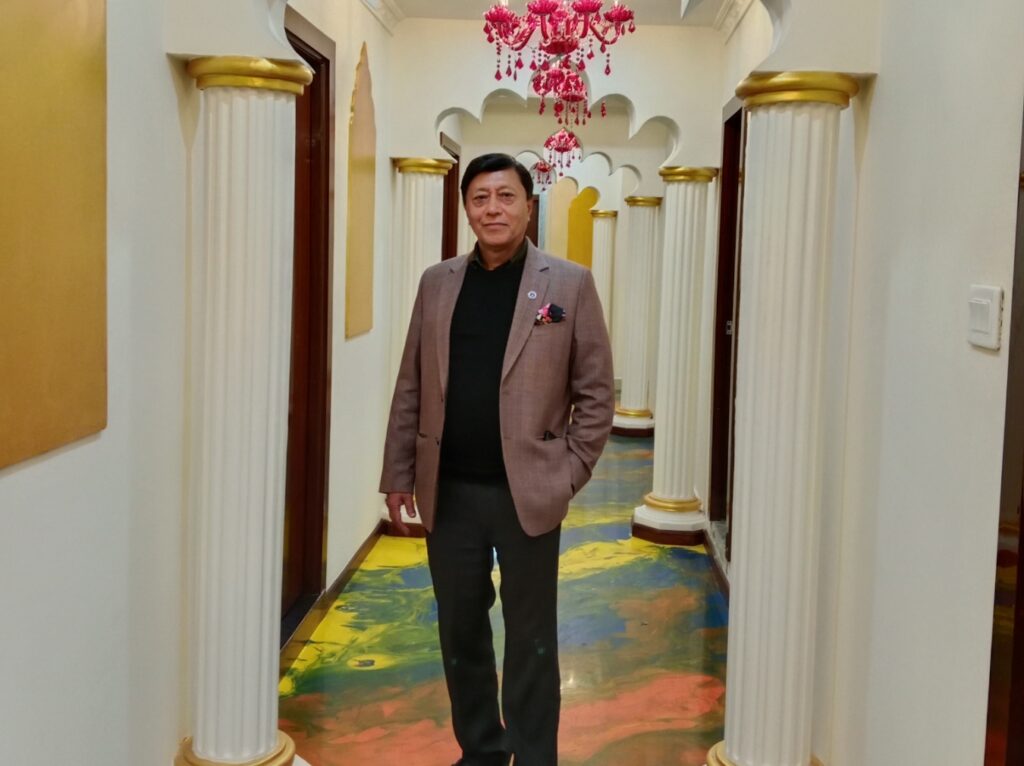
Mr. Shakya concluded with an optimistic message: “To all stakeholders, we must continue working together to make Nepal a leading global tourist destination. For tourists, Nepal offers an unparalleled mix of adventure, culture, and natural beauty. We welcome you to experience our country’s unique offerings and contribute to the growth of our tourism sector.”
Three Crucial Steps for a Thriving Tourism Sector
When asked about the key steps for a thriving tourism sector, Mr. Shakya identified infrastructure development, sustainability practices, and skilled workforce training as the three most important factors. “With these elements in place, Nepal can build a strong foundation for long-term tourism growth.”
Nepal’s tourism industry has immense potential to become a leading global destination. By focusing on strategic planning, enhancing cultural experiences, and implementing sustainable practices, Nepal can remain a vibrant, welcoming place for tourists, ensuring long-term benefits for both the economy and local communities.
